Di Franco speaks with Ruth Devriendt and Black Swan gallerist Kristoff Tillieu
First: In Conversation with Ruth Devriendt and DiFranco
- When I look at your work, I feel something really close to that raw vulnerability Tracey Emin brings into hers. Is that something you actually think about, or does it just happen naturally in the way you create?
I appreciate Tracey Emin's work because of its directness, honesty and authenticity: elements that are also crucial in my own practice. It can't be forced, because that would make ethem artificial and impossible for me to genuinely feel and engage with.
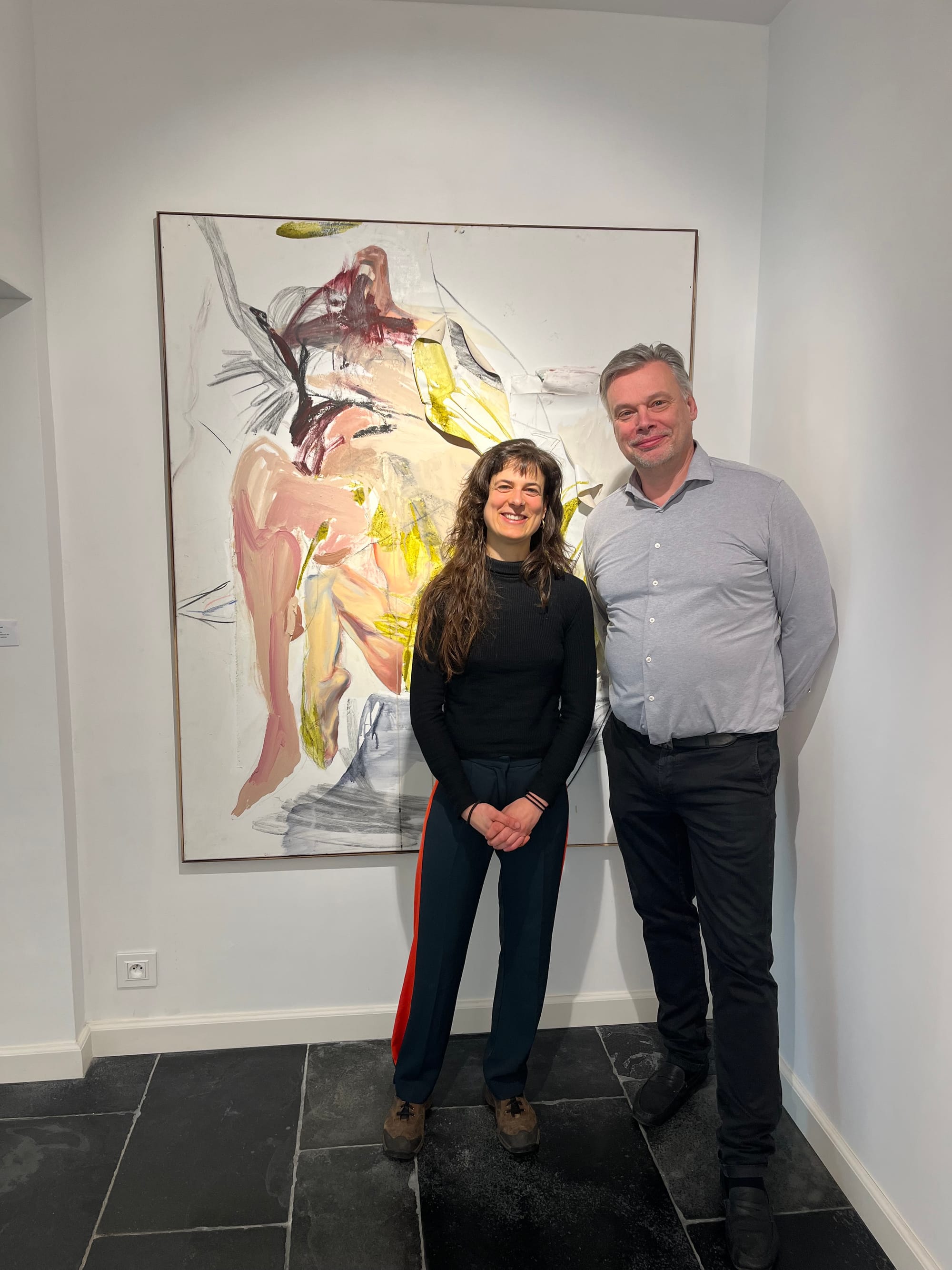
This honesty might brings a sense of raw vulnerability, a deeply moving and powerful aspect of art that reminds me, and I hope also others- what it means to be alive.I'm 'writing' letters to close ones: my dad, lovers, ...
I try to truly feel the full range of emotions, and challenge myself to find a way to depict them. Raw vulnerability has an inevitable beauty and is essential in creating a meaningful conversation with oneself and with others.
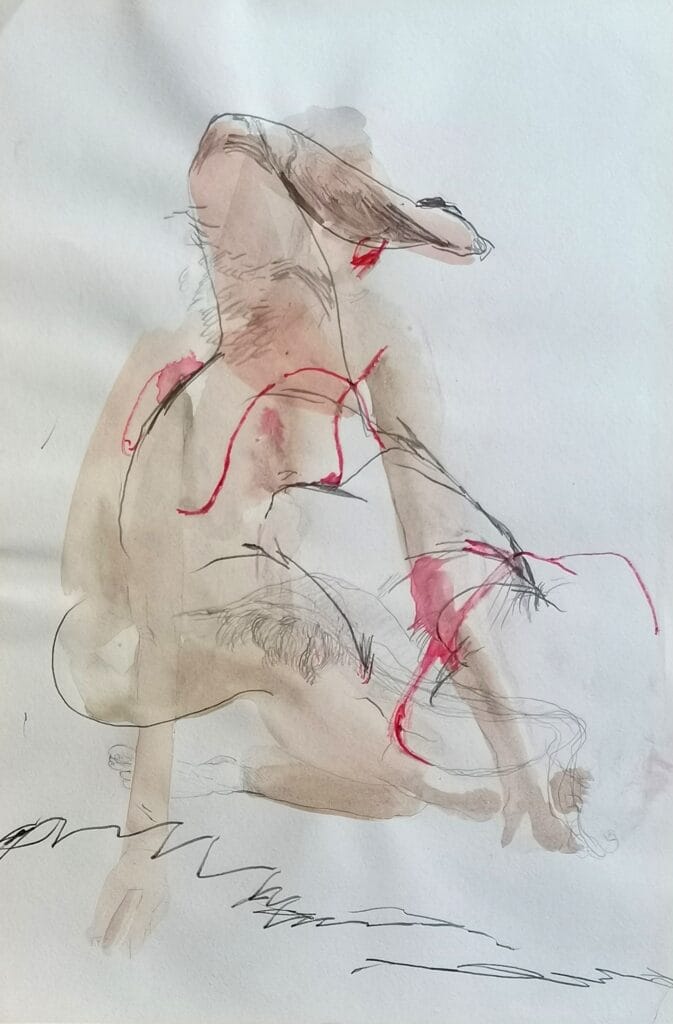
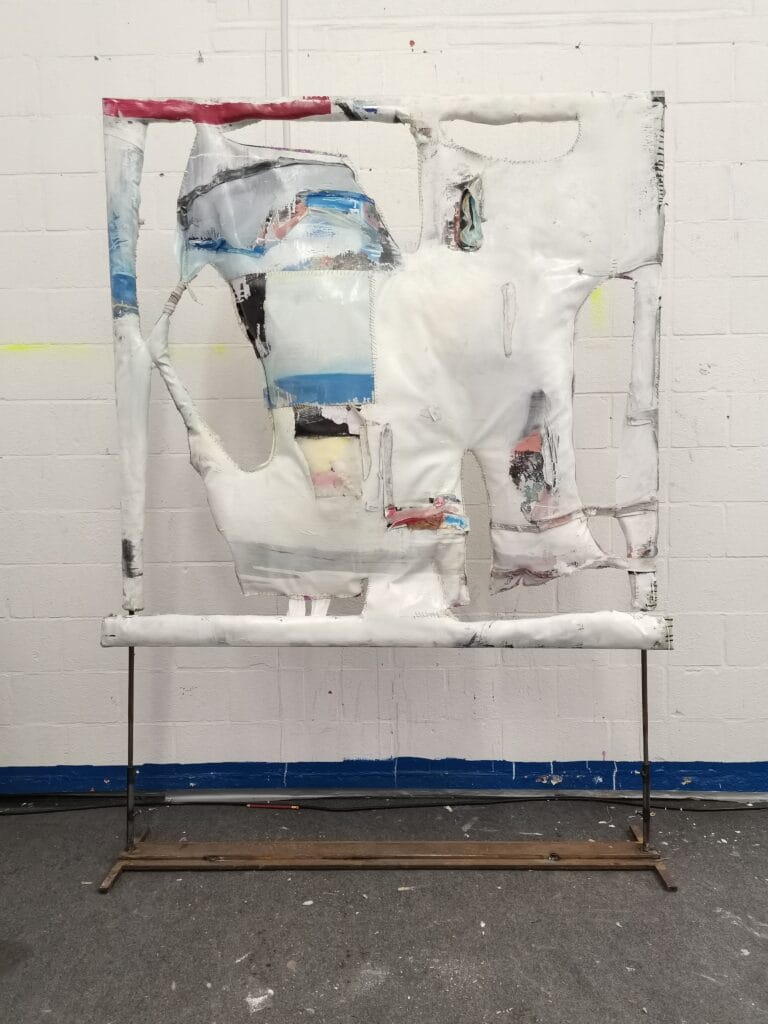
Ruth Devriendt, Geleiding, 2025, pencil, watercolor and marker on paper (left), and Wenteling, 2023, mixed media on canvas (right). Images courtesy of the artist.
- I get the sense there’s a quiet but steady political force running through your work. Is that intentional, or just a reflection of the times we’re living in?
I’m glad you mention this, because it is indeed a quiet reflection of the times we’re living in, but also a very intentional and present guideline throughout my work and my life. I feel a strong aversion toward the way we so easily dismiss, and are even repelled by, all signs of aging.

Ruth Devriendt - Official
That is why everything I make is handmade, and therefore inherently imperfect. My monumental paintings proudly reveal wrinkles, soft bellies, rusty metals, worn-down materials, and the hidden beauty of the disposable and other abandoned remnants.
At the same time it's an ode to nature -in its natural decay and delay- and to the passing of time.Plant- and humanlike motifs populate my images and gently invite the viewer to connect and appreciate this nature with its natural flow.
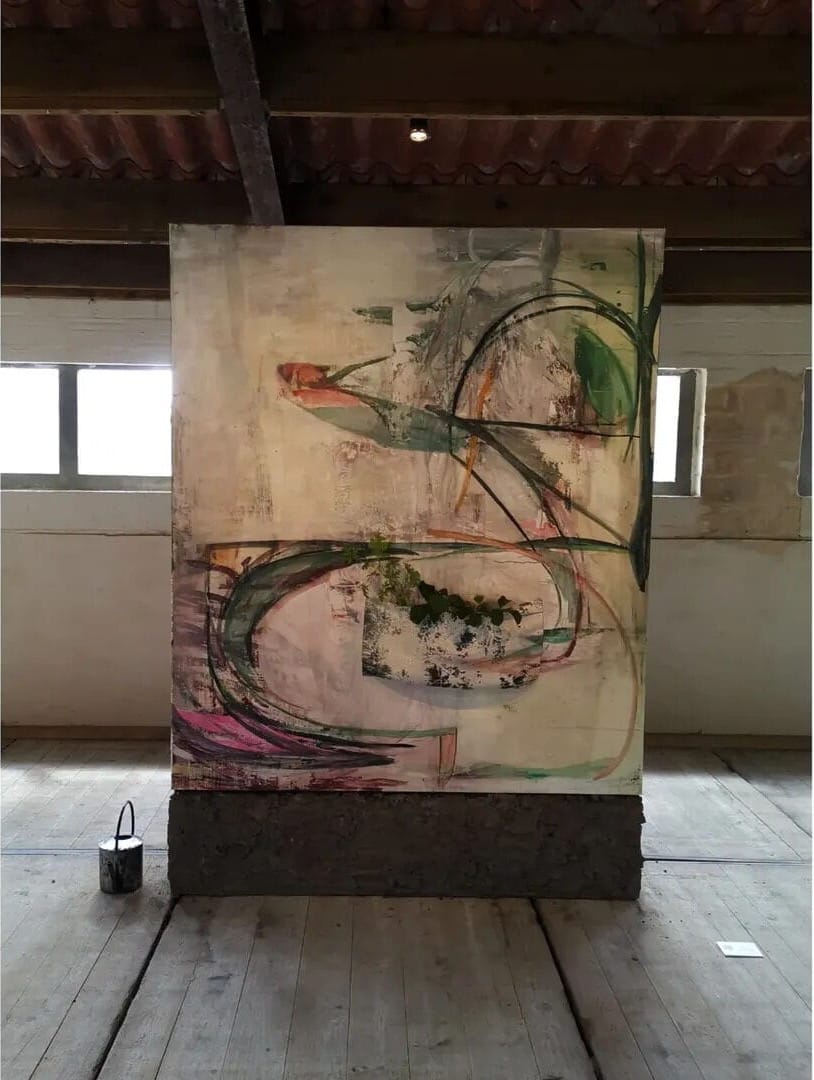
My paintings have been given bodies and limbs to make them more creature-like and though them shines a world in which care and love reign over power, money, possesions and greed.
- There’s this strong link in your practice between the personal and the collective. How do you draw that line when you start something new?
Well, that depends on what is pressing into my life.I work on several paintings at the same time, so there is always room for what feels the most urgent, for the stubborn oldies or for the reshaping of those that seem to be molting and shifting.
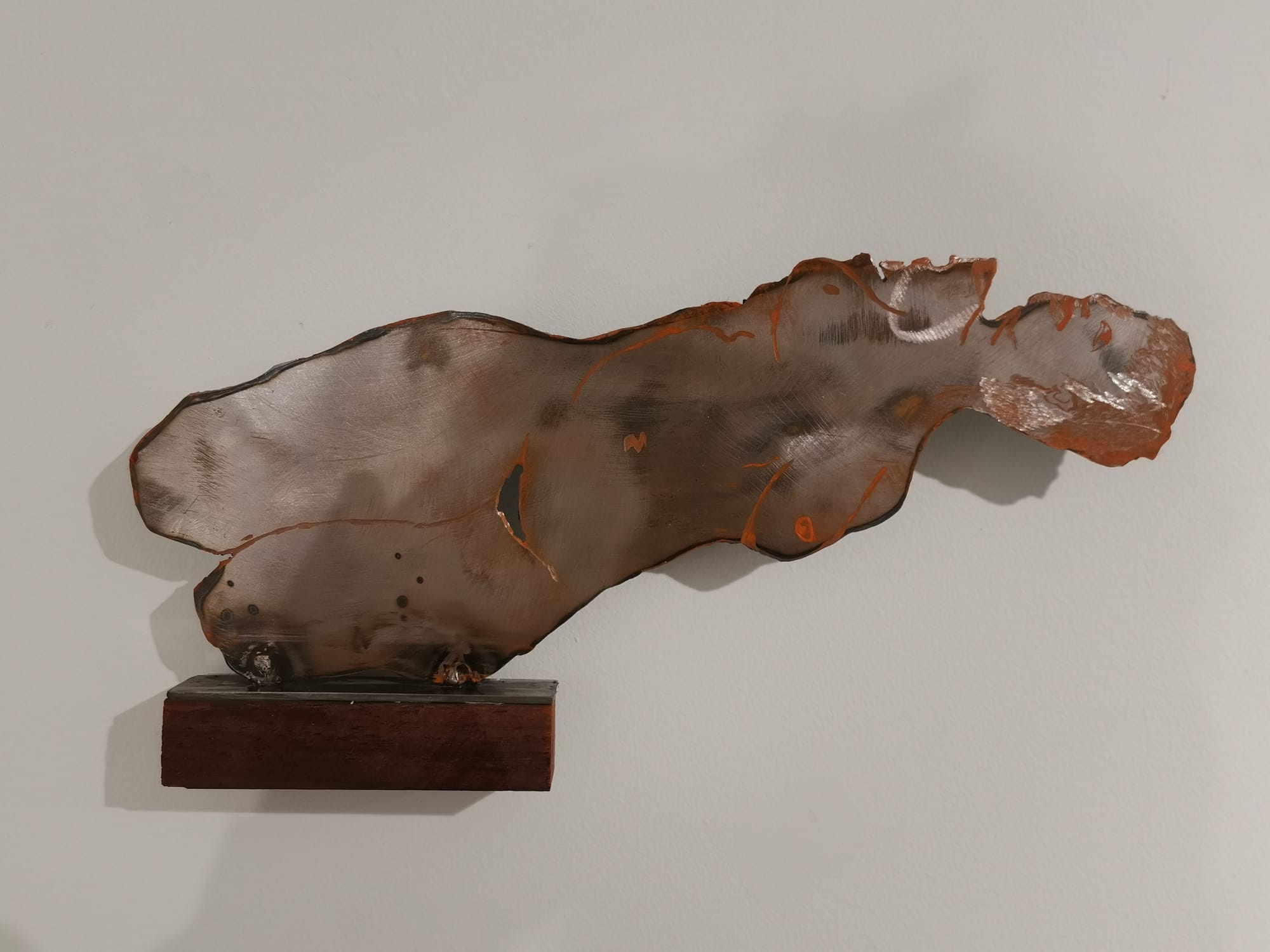
Life is fluid, an ever-moving collection of stories and identities- and so is my art.
- I’m curious - do you see your work more as a way to free yourself, or as a confrontation? What pushes you more?
It's difficult to pinpoint a certain specific 'push'. I need the challenge of confronting all sort of difficulties in my creative process. These make me eager to try out new things, learn new skills and expand my knowledge and creative solutions.
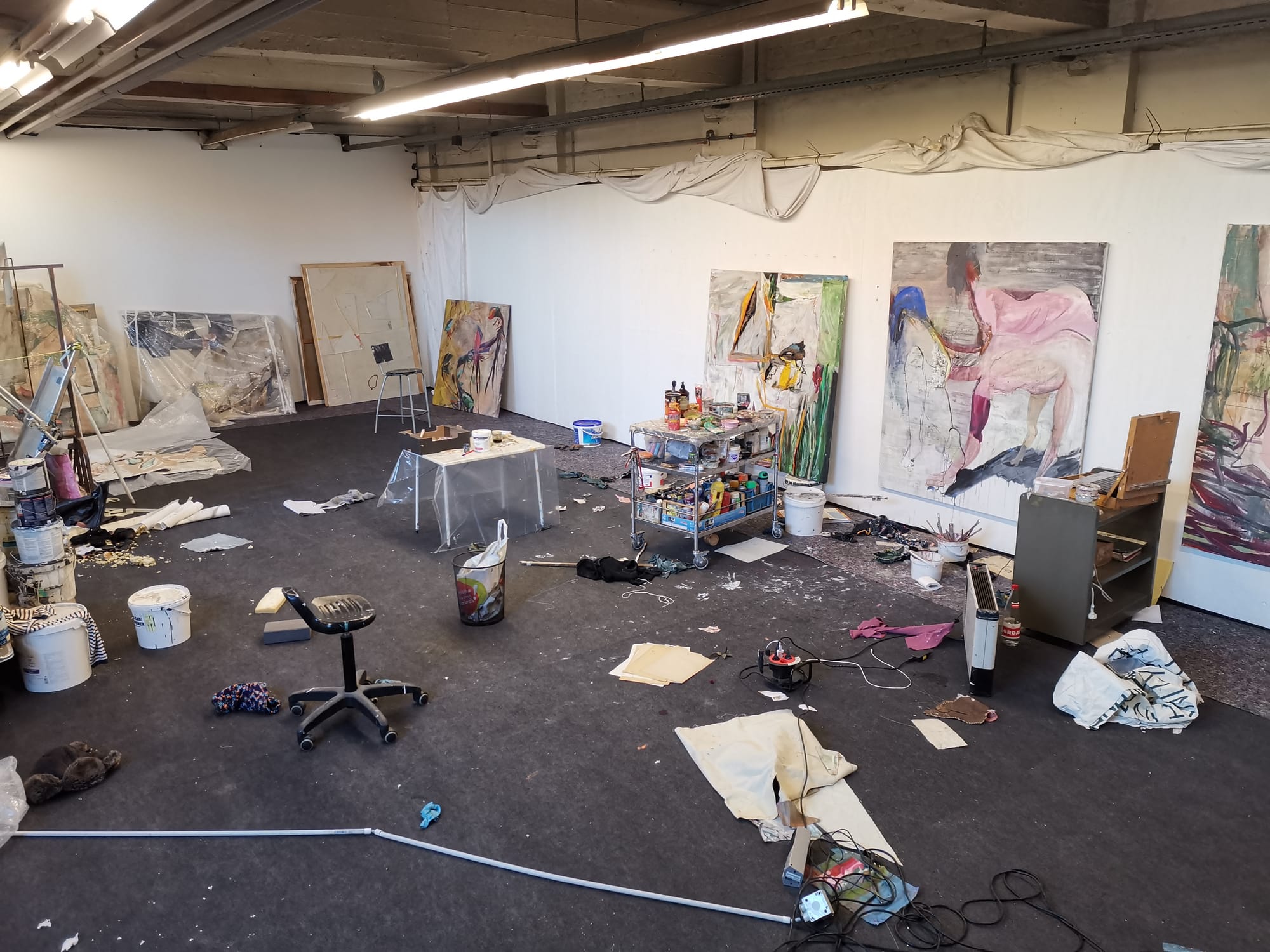
Every piece should become an individual mature creation; strong on its own.Life continuously pushes me to reflect on different situations, and these reflections find (with varying degrees of subtility) their way into my work. It liberates me to the same extent that it consumes me.
I can assure you, there is far more struggle than any notion of 'happily ever after'. I suppose the freedom lies in the confrontation, and the confrontation in the freedom.
- When you work with places like Black Swan, are you after total freedom, or do you actually like being challenged by the curatorial direction?in wederzijds respect
I work in complete freedom. Because I can't create random works on random topics, the curational direction needs to be aligned with my core themes.
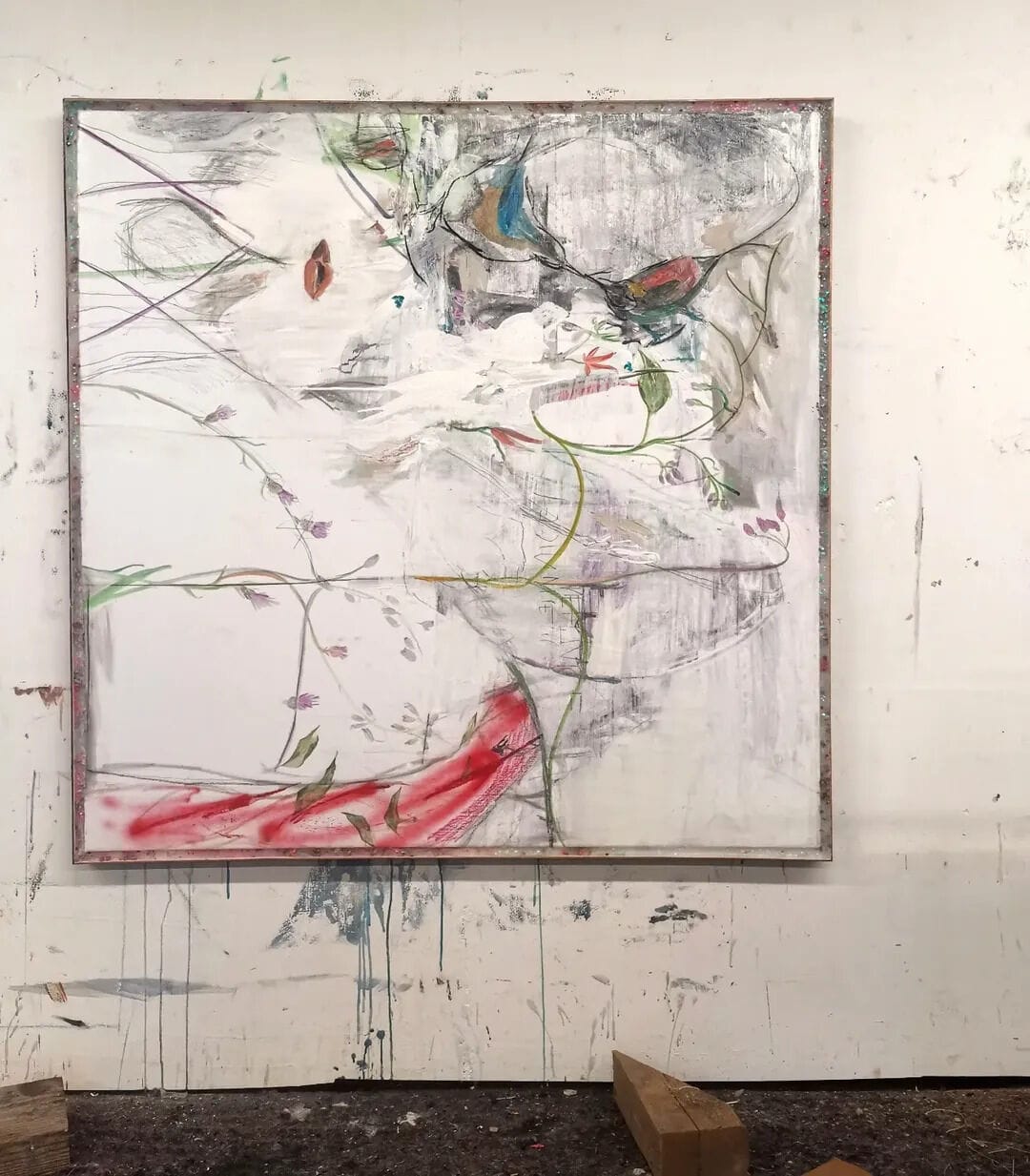
If the curatonal vision doesn't resonate, or there is not enough space to work freely, no works will be made or exhibited. I can't make an illustration of someting that doesn't provoke that inner push in me.
That's why a respectful collaboration between the gallery, the curator and the artist is of utmost importance.
- Bruges has this strange kind of calm — almost too beautiful, too still. Does that energy ever seep into your work, or do you try to break away from it?
I'm working in Ghent, but I was born and raised in Bruges. I suppose the roots of my jouth in Bruges will inevitably slip into my works, because they are part of who I am.

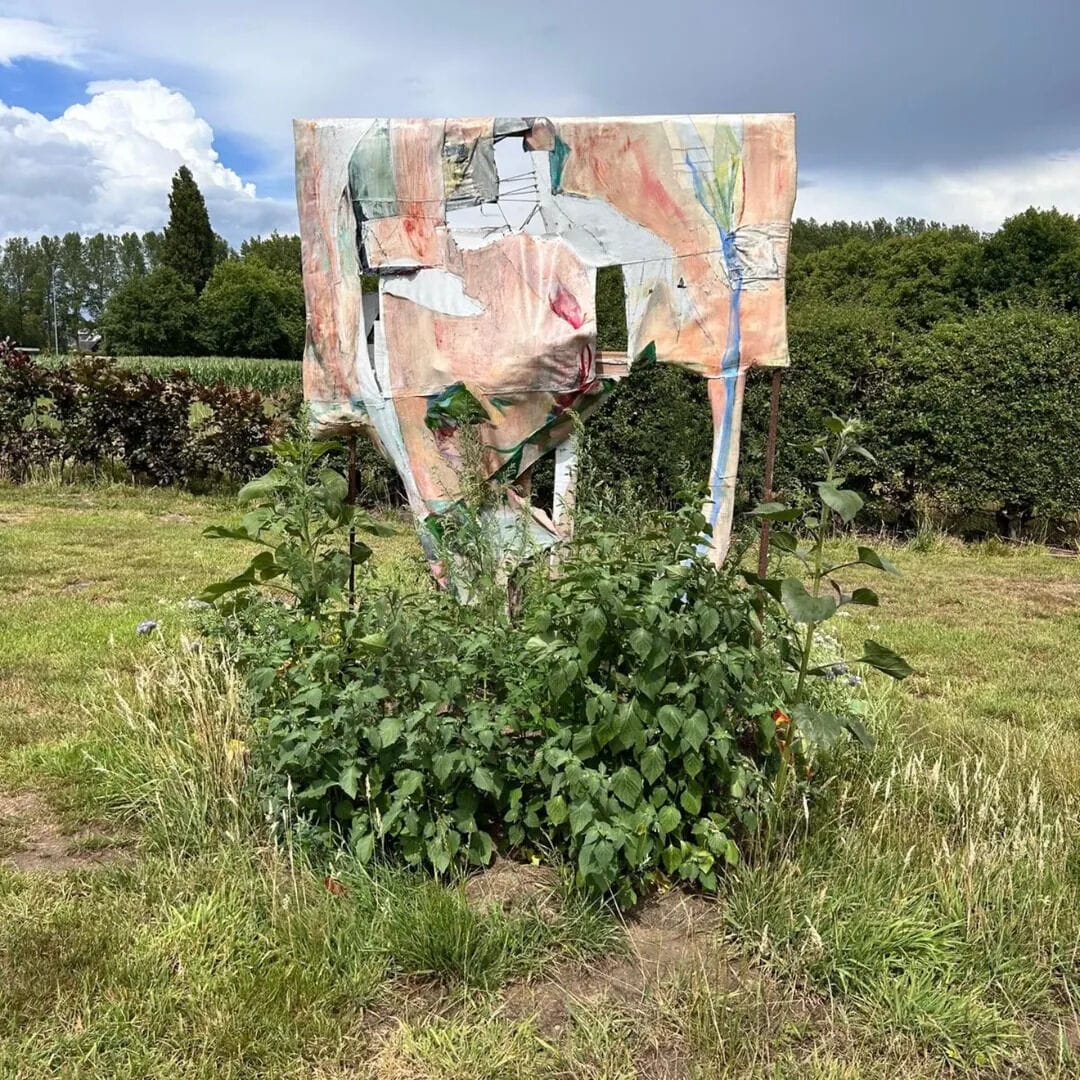
Ruth Devriendt, outdoor installation view from the series shown at Nature in flux, combining painted textile panels with garden growth. Image courtesy of the artist.
Nevertheless, I believe the strongest influences on my work come from my culture, environment, life choices, political convictions, family, studies, and so on.
- Your art feels like it speaks about resistance, but without raising its voice. Is that a conscious choice, or just who you are as an artist?
Although I have strong opinions, I don't like to preach, nor do I believe in trying to convince others of my point of view. I am always open to deep digging conversations and a peaceful exchange of opinions, arguments and beliefs.
I hope my art is a gentle invitation to reflect, feel, question, rather than a strict dictation of a narrative or a specific point of view. Nevertheless, there are certain things in life I am willing to fight for and where compromise isn’t an option.
- On a more personal note - is there something you still haven’t dared to do in your art?
Not that I'm aware of. Although, in my raw dives into emotion, I encounter a lack of form and composition. No composing of artistic elements, only a paint sauce, splashes of materials and an unclear, unreadable vomiting of emotions.
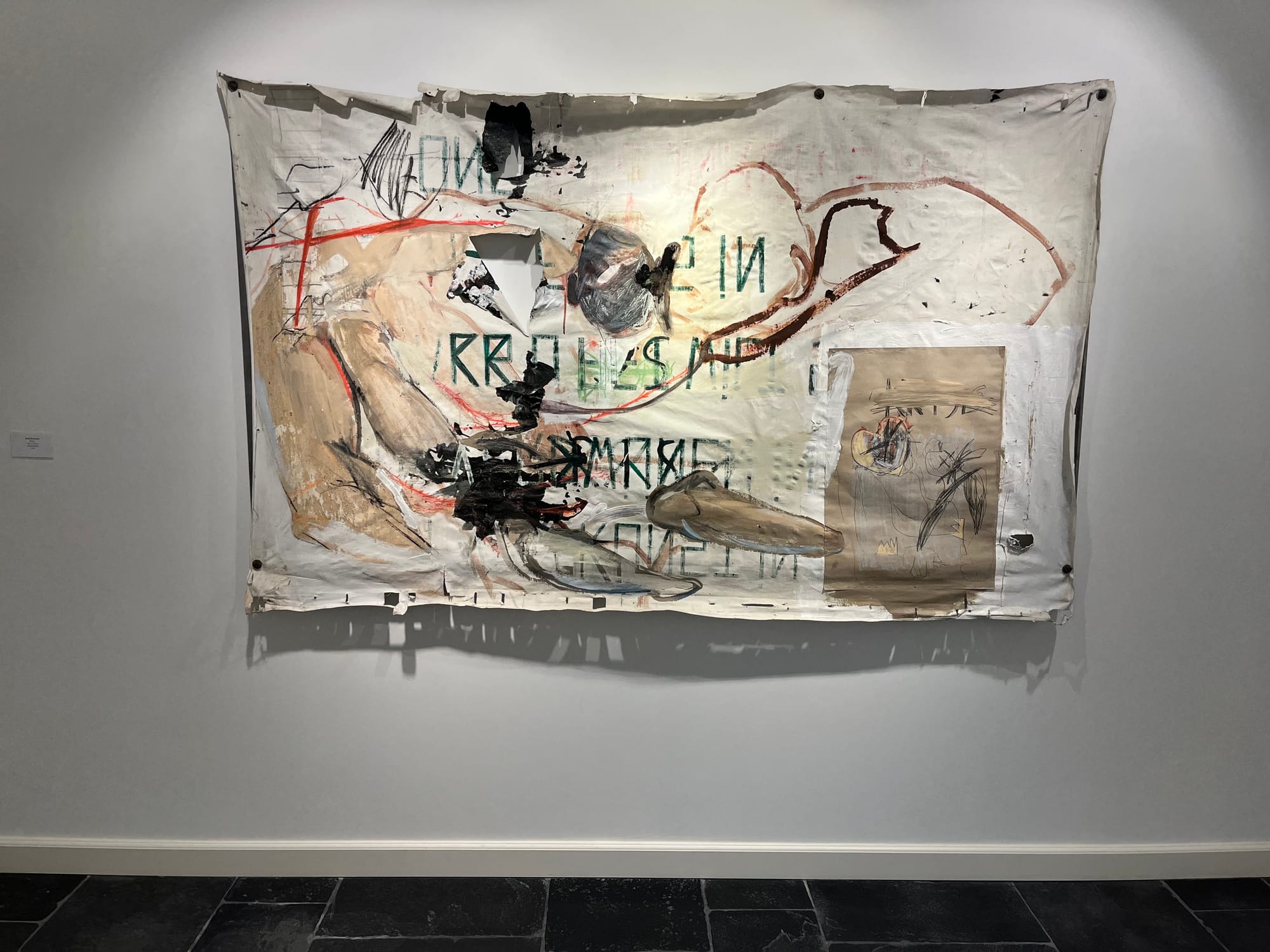
In this state, it is too vague and too dense for me to exhibit these works or to allow them to remain primal and unarranged.
Though, perhaps I should overcome this lack of refinement one day and attempt to present this pure, unbridled result of an emotional outburst.
- Being visible, putting your work out there, can be tough sometimes. How do you balance showing yourself and protecting yourself?
I do feel very naked when showing my work. But with the guidance of the gallery owner and the meaningful conversations with the visitors, I feel safe enough to present my work.
That said, I'm very grateful that my work can be created within the thick brick walls of my studio. In the end, I decide whether or not a piece is ready to be shown.
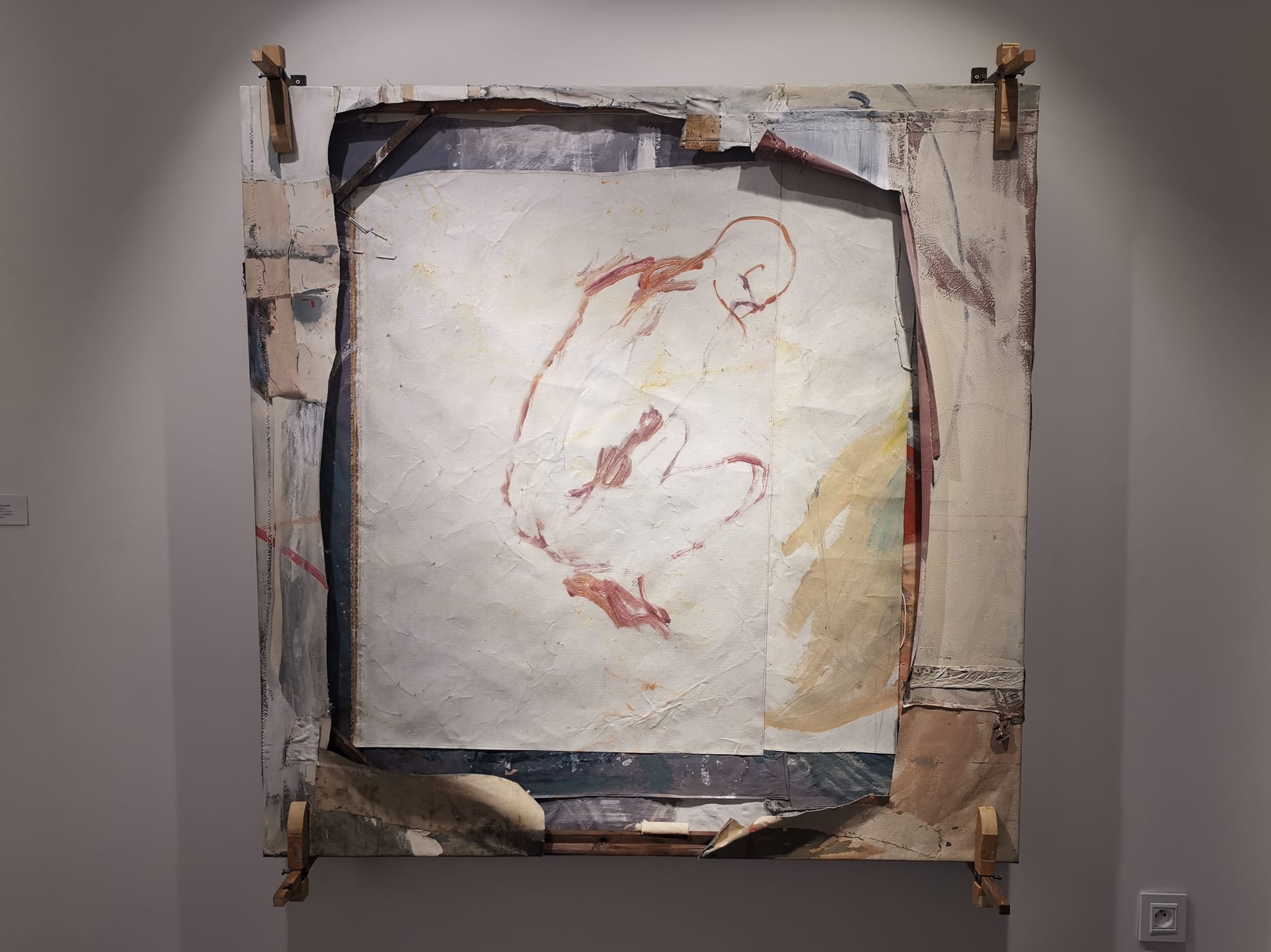
Besides, I've been waiting to exhibit my work until I know who I am, what I stand for and what I want to bring and share.
In this way, I have gained the strength and have learned a language to face the gaze of the viewer. Ultimately, my desire to communicate outweighs my shyness.
- And thinking ahead — do you still believe it’s possible to keep a truly free relationship between artist, gallery, and audience?
What do you understand by ‘truly free’?
I wouldn’t even consider showing my work in a gallery if the connection felt inauthentic or too restrictive. It is very important to stay true to your own beliefs and to work only with galleries that share your values...
Of course, every artist lives a different life, so their needs, dreams, and intentions are unique. I don’t want to judge-finding a good match is what matters, I suppose.
Nevertheless, I feel fortunate to have arranged my life in a way that allows me to fully dedicate myself to my all-encompassing passion for making art, without the immediate pressure to produce ‘sellable’ or ‘accessible’ pieces, or the urge to please the viewer.
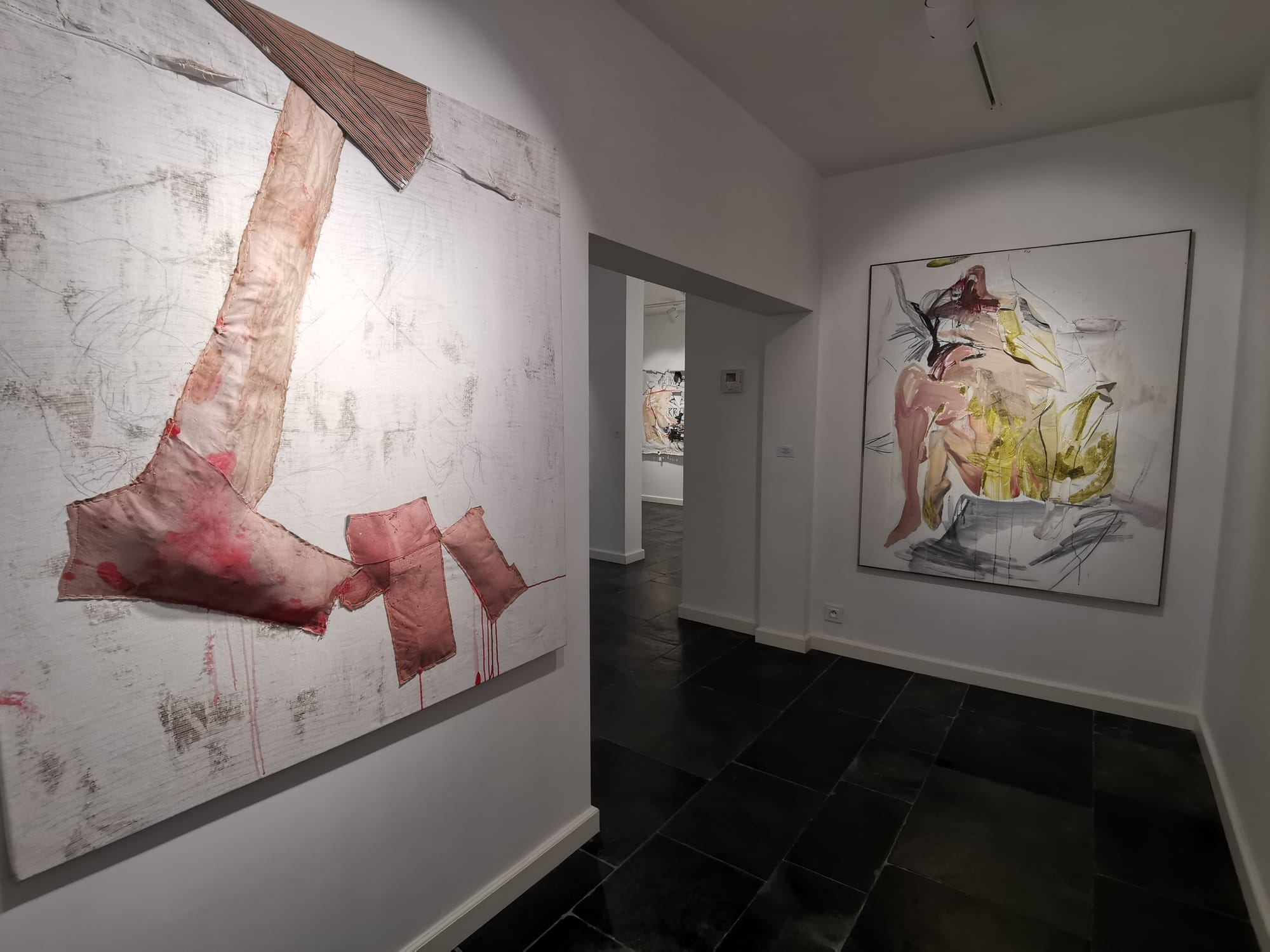
Kristoff Tillieu in Conversation with Di Franco
- Every time I walk into Black Swan, I feel like the space carries a strong point of view — almost a quiet but intentional stance — even without saying anything directly. Is that something you shaped deliberately from the beginning, or did it develop naturally over time?
As most of the galleries are mostly white open spaces where you enter one big room where with one glance one can overview everything we wanted to go for a more intimate and surprising setting.
So we created a labyrinth in the space, this allows multiple different viewing points and angles but also creates intimacy and slows you down.

Where an average gallery visits takes normally only a couple of minutes, visitors take the time to absorb the different spaces one by one and have the possibility to be wondered what is behind the next wall.
What we noticed overtime is that you can create a tension bow in the show, with moments of rest and relaxation and moments of stress and tension.
- When you decide to work with an artist like Ruth Devrient, what matters more to you - aesthetic coherence or a voice that pushes boundaries and makes people think?
Difficult to choose , what is important in the decision, is finding artists that do something different, something new, something that is not only interesting from an artistic perspective, but which shares a universal message based on the personal statement or universe of the artist.

There needs to be an interesting balance between craftmanship and thought. Next to that the oeuvre needs some maturity and a vision for the future. You are not looking for the flavor of today but for artists that have the potential for an interesting artistic future.
- Ruth’s work reminds me a bit of Tracey Emin in the way the personal becomes public. Is that kind of emotional exposure something you look for in artists you represent?
You are right, touching the viewer with honesty creates a power interaction. When work is made it needs to be close to the artist, you cannot simply take a theme that is fashionable and start making works around that.
I’m looking for artists who are truthful, who start from their own feeling to create their oeuvre. I’m not interested in the fact that they like the materiality or that it makes them happy, I want them to reflect on their life and their intimate world in order to create relevant works that touch the viewer.
- Black Swan seems to balance the commercial side and experimental risk really well. How do you manage to keep that balance without losing identity?
I think this balance is an integral part of the identity, visitors often ask the question if the works are for sale assuming they are in a museum kind of atmosphere. This is certainly not the financially most interesting way in the short or medium turn, but it allows that

- Bruges has such a strong historical and traditional image. Do you feel the gallery has to fight against that to affirm a contemporary artistic language?
Bruges is not well established on the contemporary art scene in Flanders so yes you have to do more effort in bringing high-profile collectors in but when you go abroad with the gallery, Bruges remains an important trade mark when art is concerned and you have another perception.
- Have you noticed the audience changing? Do you think people here are more open now to discomfort, to questioning, to contemporary art that doesn’t play safe?
If you stick to your artistic vision, you create your audience, so people know that they will have an interaction with the works and they know that playing safe is not part of the experience.

Because it is our role to make people see the works, everybody can look we help them to see. People in general are more open and allow more space for the emotional interaction, discomfort and questioning is an integral part of that.
But unfortunately, it is not because it touches them that they want to be confronted with it every day in their living room.
- With everything becoming so digital and fast, what does a physical gallery space still represent today for you?
It will remain the place of gathering, interaction, and exchange. You can never replace the physical interaction with a work, an image of a work is not the experience of a work.
It is also a place of validation; it is a personal selection of what the artistic vision of the gallery stands for and is a place of support for the career of an artist.

It is our role to present what we estimate to be important and relevant, the offer is gigantic, we need to be the gatekeepers, and much more than before. Some galleries function as shops for art, they will become more irrelevant.
Some forms of “art” , such as the commercial easy “decorative/gimmicky art” can be or need to be redirected to the digital and fast, but I’m convinced the gallery model is still the cornerstone for a long careerpath as an interesting artist.
- Do you see Black Swan as a neutral space, or more as an active political and cultural voice inside the art scene?
A gallery is never a neutral space; you make the choice of showing some artists and some works and at the same time you do not show others.
Our voice is more cultural than political, we try to showcase what we think is relevant to be shared with the viewer, and yes this can can make them think.
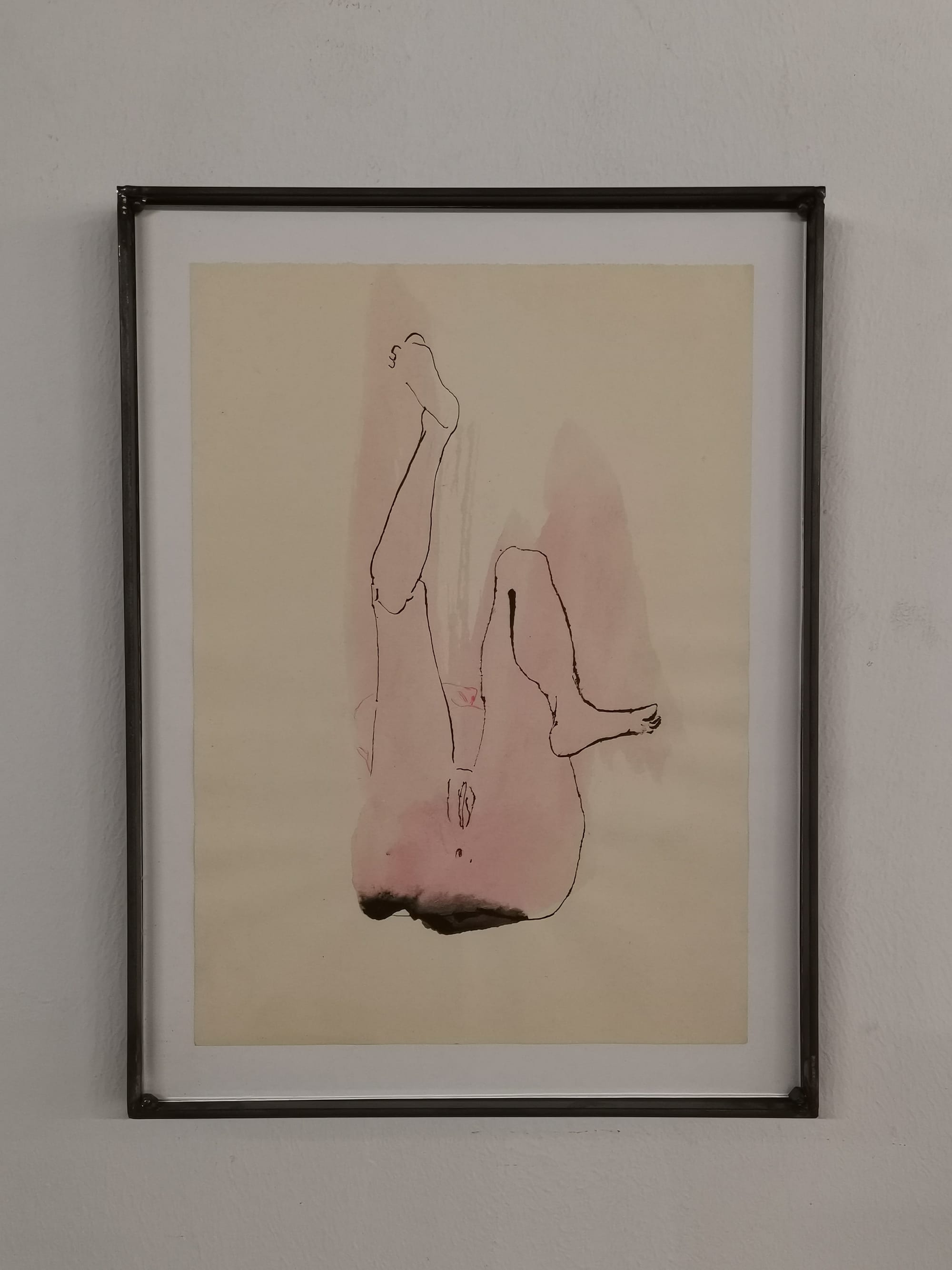
- When you think about the future of the gallery, do you imagine it becoming more international, more rooted locally, or a mix of both?
The future is preserving the local but at the same time thinking global. It will become more global but locally anchored.
- And if you think about the connection between artists like Ruth and the Black Swan identity — what do you think ties it together: ethics, aesthetics, or pure instinct?
I would like to give you a smart answer but in essence it’s about connection and pure instinct, backed by experience and safeguarded by the artistic vision.
Team Catapult Projects says thank you to Ruth Devriendt, Kristoff Tillieu, Black Swan Gallery Team and DiFranco for the insights.
Black Swan Gallery on Instagram
Ruth Devriendt on Instagram
Related Reads
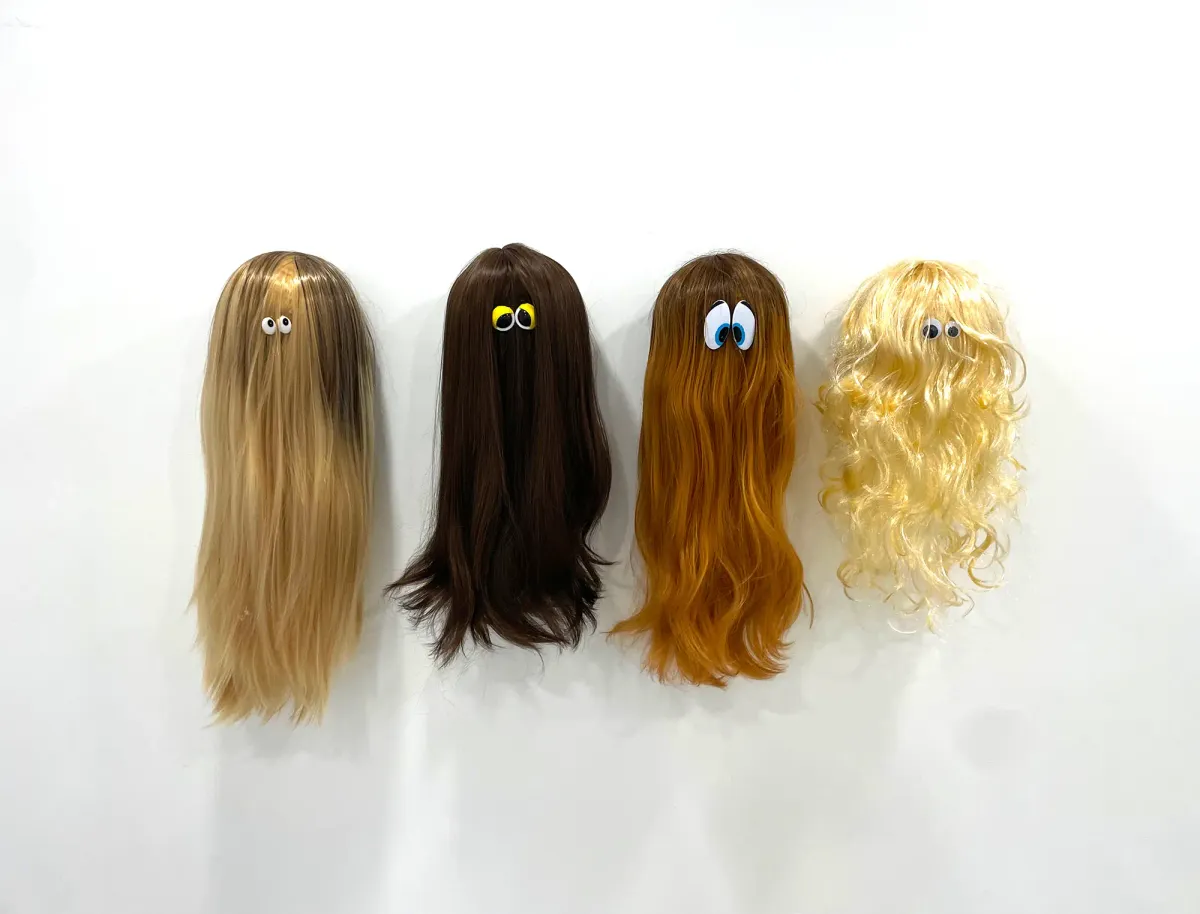
David Rosado - Artist Portrait
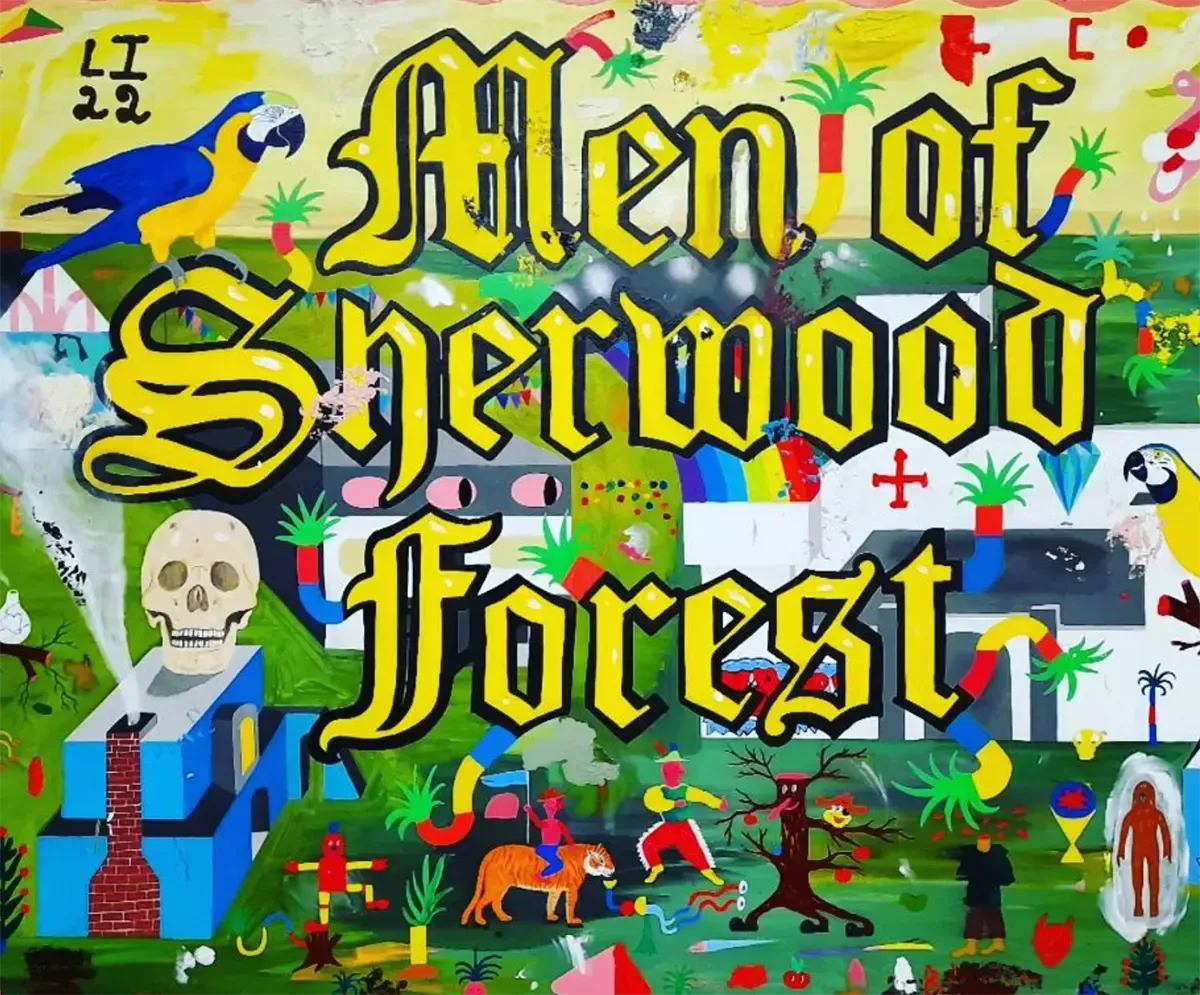
Laurent Impeduglia - Artist Portrait
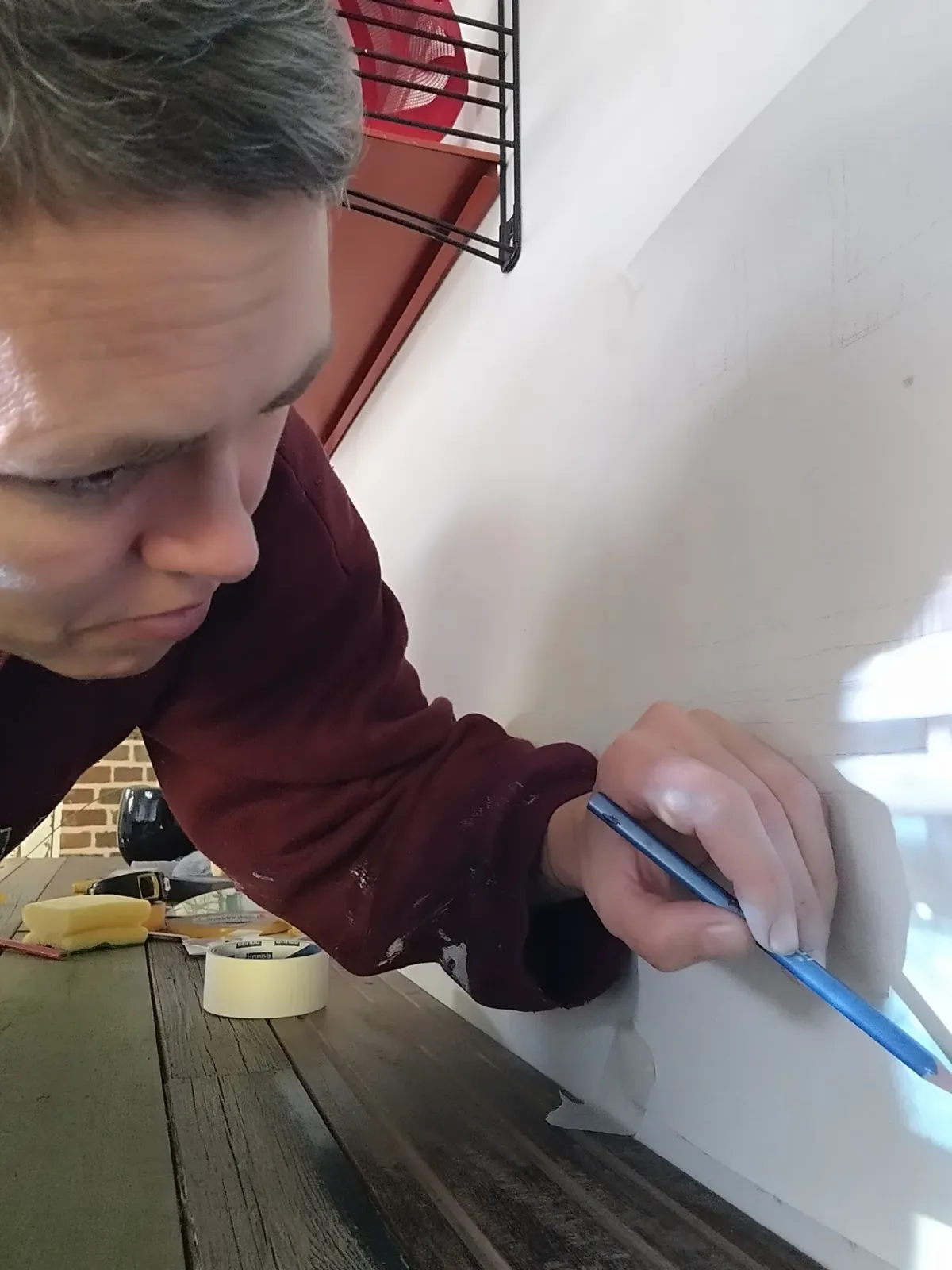
Ellen Claes - Artist Spotlight

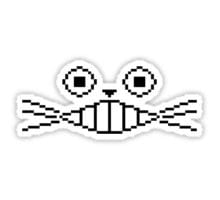
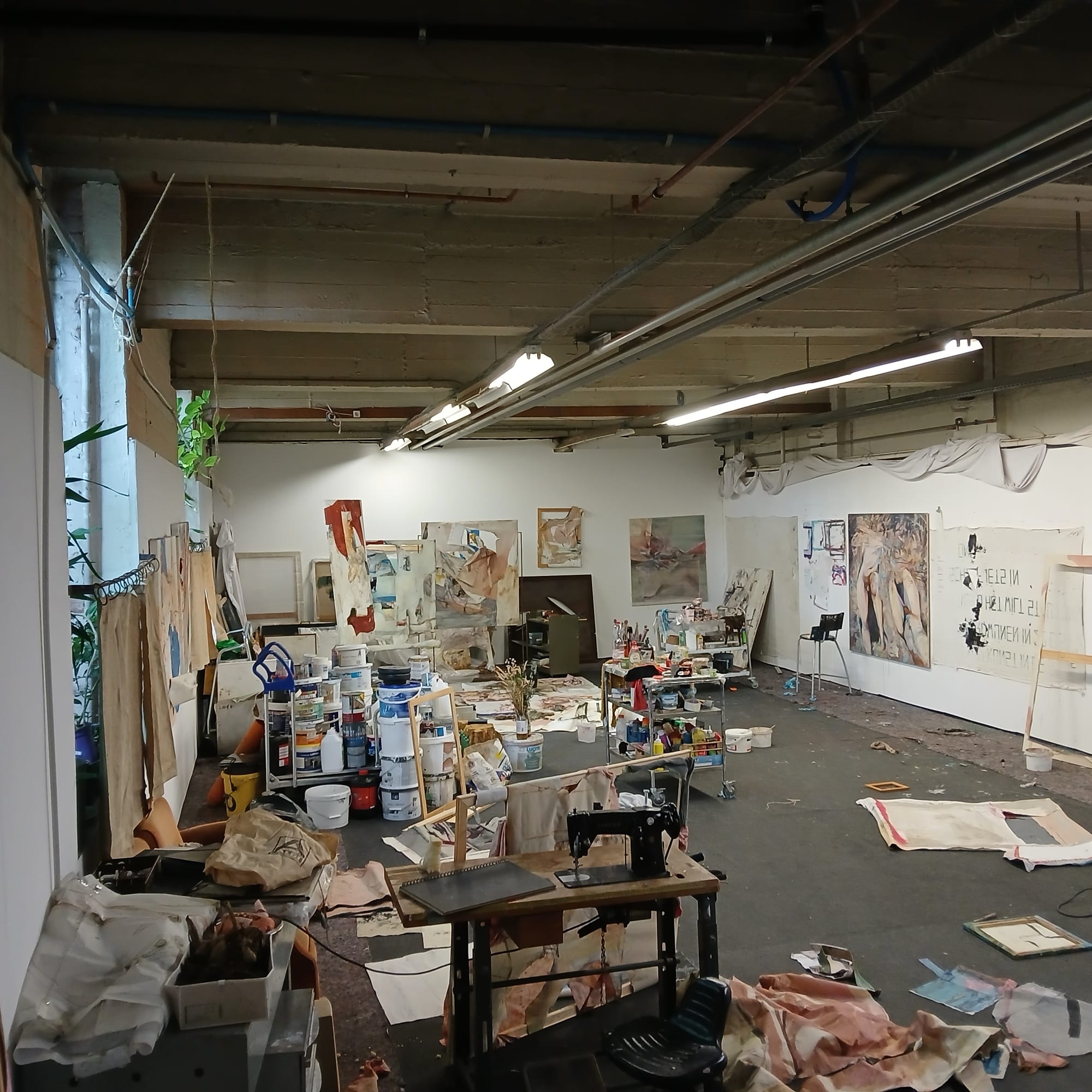




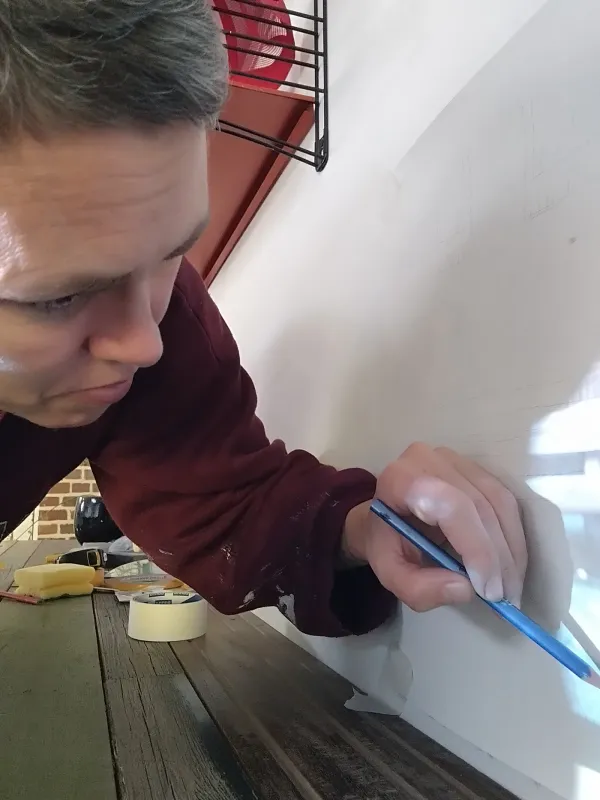

Member discussion